On May 24, Art Blocks releases its latest collaboration, a unique multi-stage NFT project with Lumen Prize-winning artist duo Operator. The project, entitled Human Unreadable, is a 400-part avant-garde exploration of art, choreography and technology. It is the latest addition to Operator’s acclaimed Privacy Collection, which explores themes such as transparency and privacy in Web3.
Anja Catherine And Dejha Ti — the minds behind Operator — have meticulously crafted an embodied generative art experience with Human Unreadable, where each unique work is driven by the motion data of an underlying on-chain choreographic sequence. This amalgamation of code, choreography and generative art forms an evolving and conceptual spectacle in three acts, turning the traditional NFT coin experience on its head.
nft now sat down with Catherine and Ti ahead of the release of Human Unreadable to talk about the pair’s uncompromising artistic vision and what it means to champion the human and the intimate in an increasingly digital age.
Bringing emotion to generative art on the chain
Operator’s collaboration with Art Blocks is a continuation of the artistic duo’s exploration of the intersections between digital art and physical experiences. To create the pieces in Human Unreadable, Catherine and Ti began creating unique choreographies and combining them with portrait shots of the duo, x-ray shadows, generative glass objects, and more to create a new, on-chain generative choreography method. The resulting visual compositions are drawn from invisible human motion data.
All told, the project took a team of more than 25 people (ranging from specialist engineers to dancers) to participate in the nine-month process of making the collection a reality.
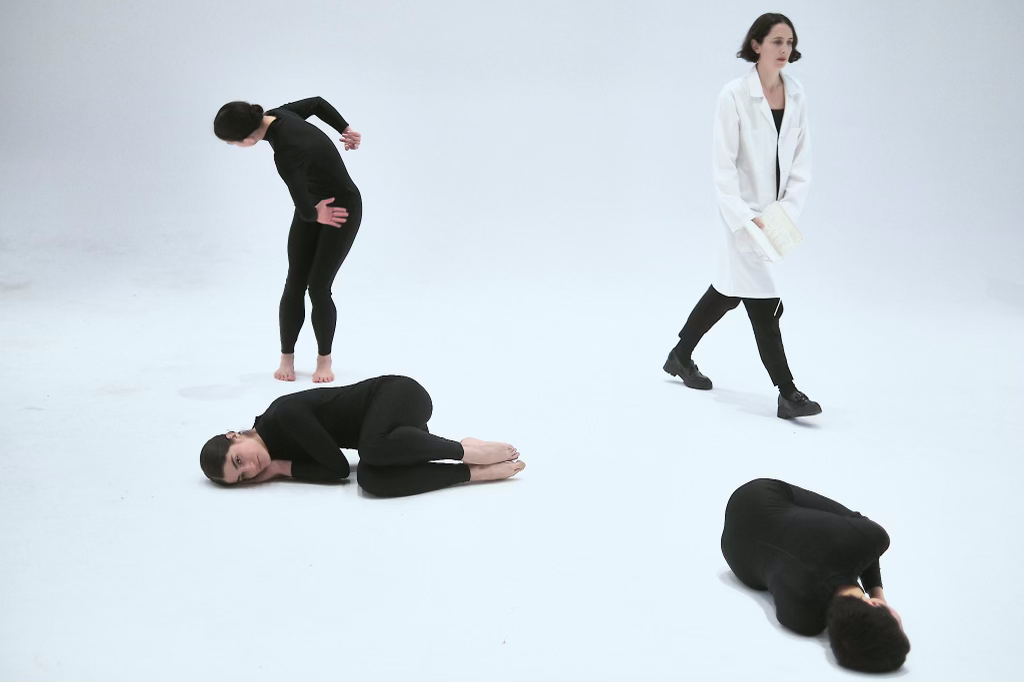
“The first step was to create the movement library,” Catherine explained as she spoke to nft now, “which we think of as these isolated moments of raw human expression. These became individual movements, like movement one to movement three. So [I tried to make sure] that there was a well-rounded variety of moves to consistently bring those sequences together in an interesting way. And so the raw human material that the model uses to create the sequences were movements.”
Catherine held rehearsals with dancers in four different cities leading up to the project. She instructed them to imagine how they might move while feeling a range of emotions from happiness to sadness. Imbuing these movements with feeling was crucial to Operator, who felt that “emotional vulnerability and human messiness” are lacking in on-chain generative art.
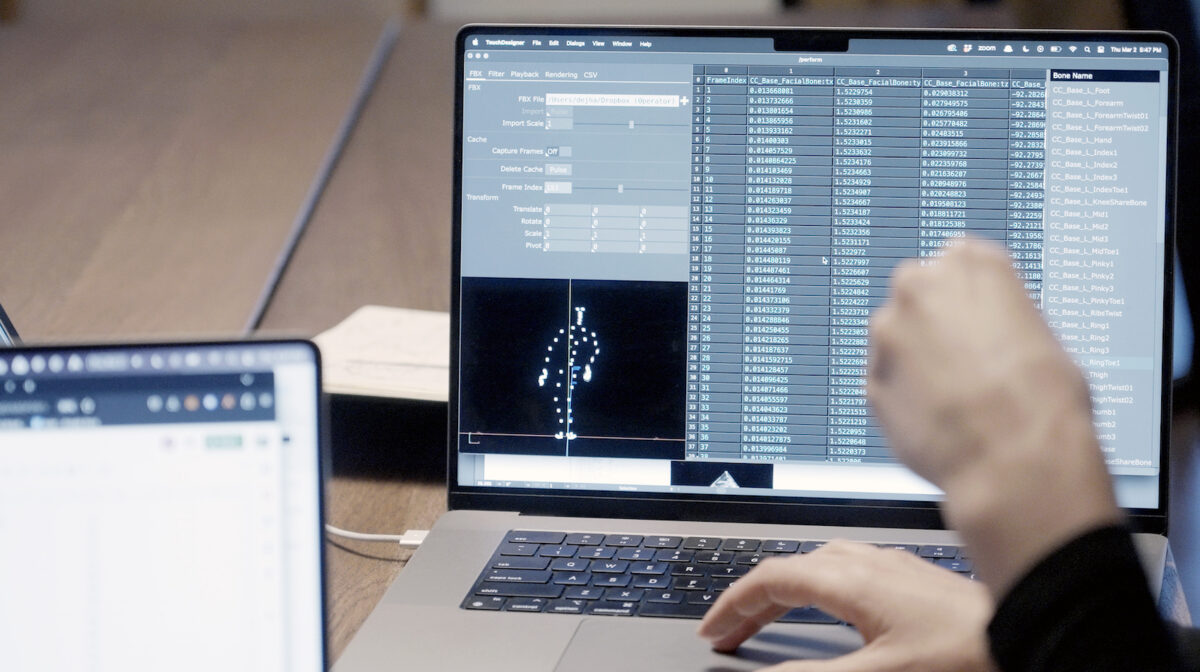
But approaching an on-chain project with huge amounts of data in the form of choreographed movements was challenging. While Blockchain is good at many things, it’s not particularly suited to massive data storage, so Catherine and Ti had to choose a handful of frames from each choreography to compress the data enough to fit on the chain. That process was its own curatorial and artistic effort, which forced the pair to think about what kinds of movements preserved the essence of the movements they were trying to capture.
“Once we had all the motion in this format, we said, ‘Okay, how are we going to compress this?'” Ti explained, speaking to nft now. “We ended up with a whole method of going through the animation file and picking just the critical frames, say 14 frames of a single movement, and saying, ‘Okay, this still retains the soul of this movement and the intent. And the vulnerability that Ania designed into it.’”
“Everyone assumes that the unveiling of the artwork is the end of the story.”
Ania Catherine, operator
In creating the project, Catherine and Ti made a concerted effort to turn the coin experience upside down. Rather than a collector ending or terminating their involvement in a project through an art reveal, the final artworks in Human Unreadable represent the beginning of the project, which slowly unfolds in 2023.
The further a collector examines the pieces in the collection, the more the humanity of those pieces reveals itself, starting with abstract black and white portraits and progressing to a deciphering stage that reveals the motion sequences used to create the work and even a live performance of the choreographies involved.
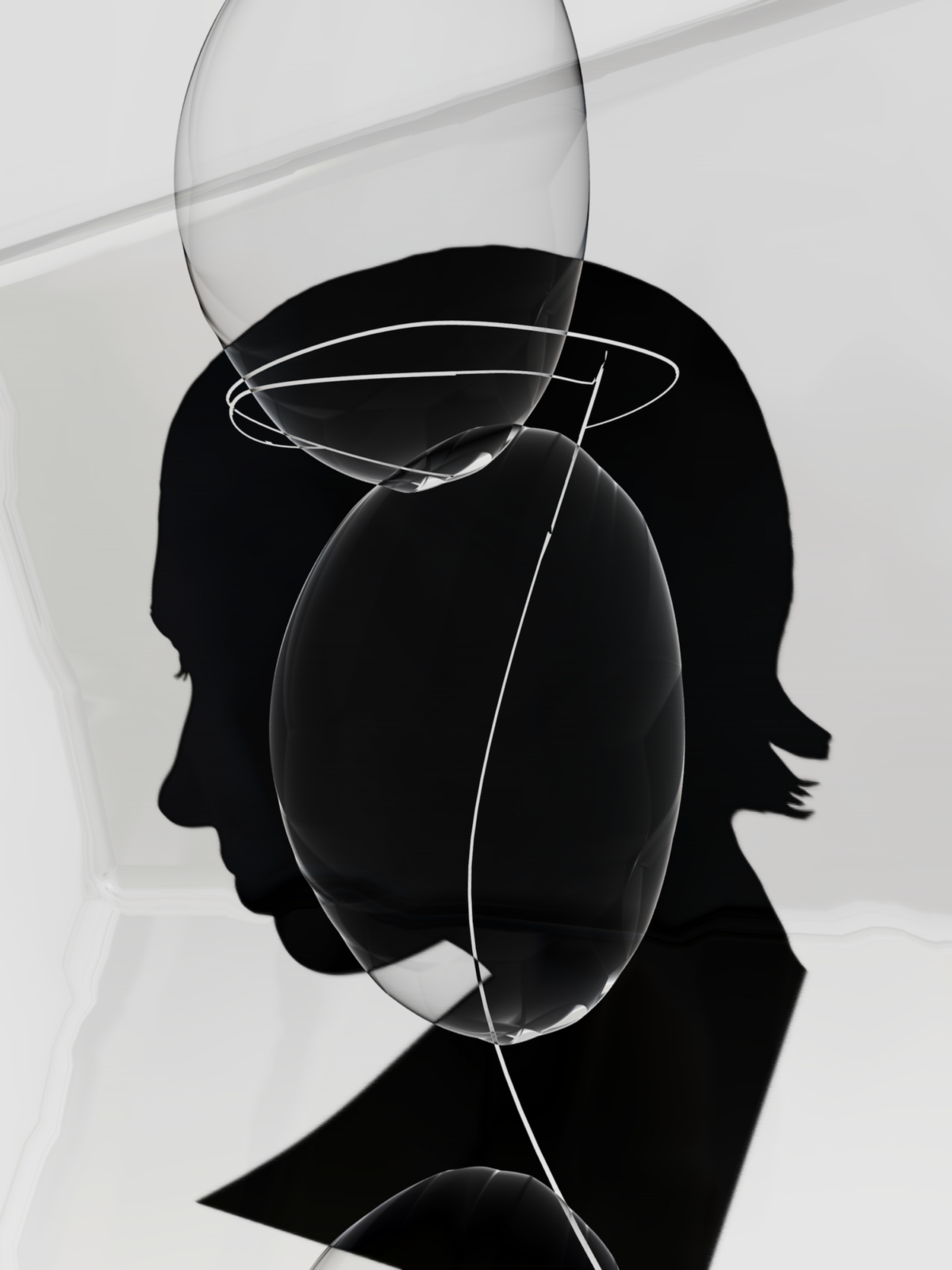
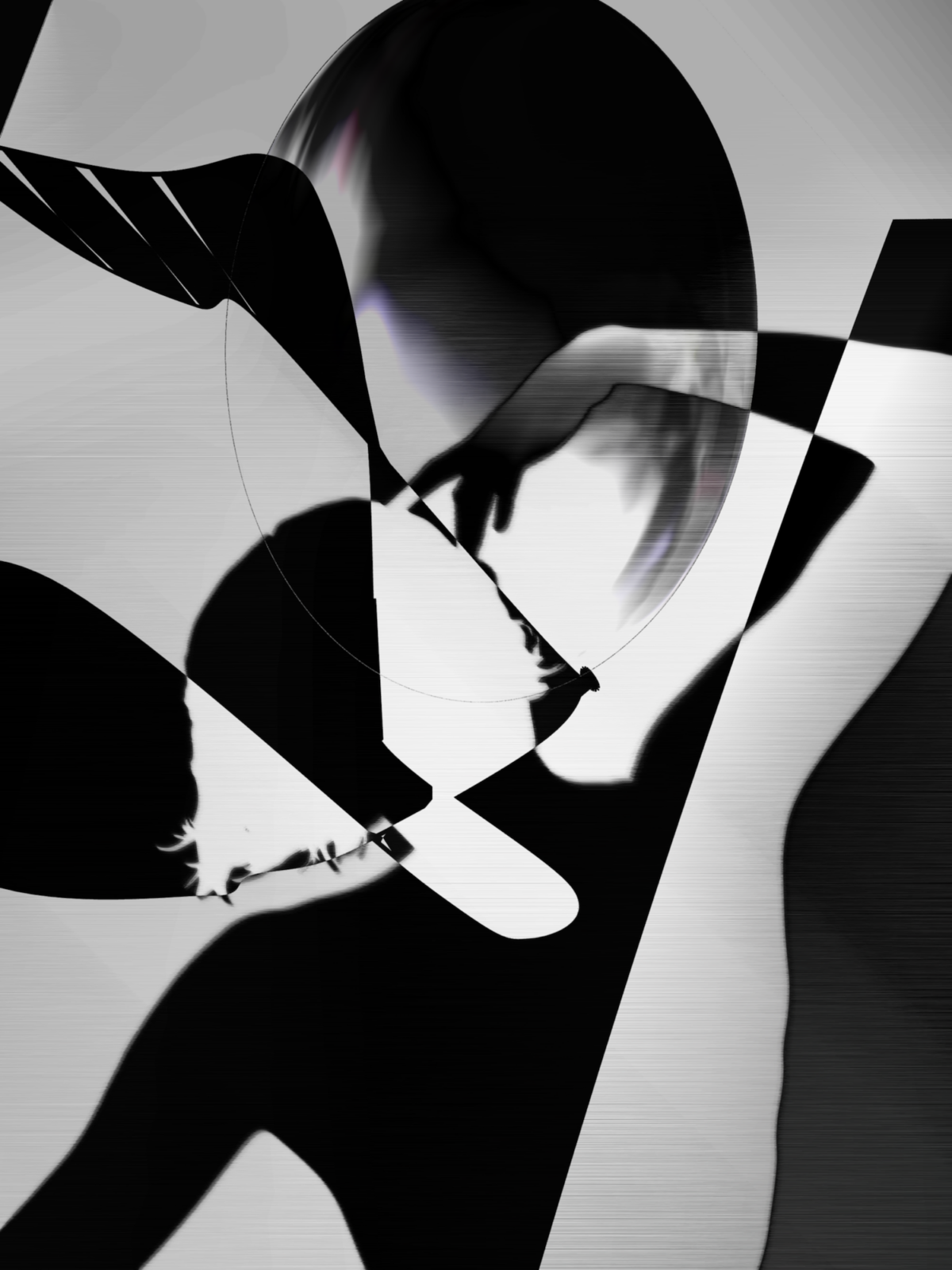
“Everyone assumes that the unveiling of the artwork is the end of the story,” Catherine stressed. “We had to make it very clear that the coin on Art Blocks was the first chapter of the story. I think of the language of ‘acts’, normally people think of theater or ballet. And it puts your mind in a different headspace about what you’re collecting or what you’re about to experience.”
In the project’s second act, Decipher, collectors visit the Operator site to discover the unique move sequence that inspired their NFT, which takes the form of a secondary soul-bound token for their Art Blocks piece.
“We never want to separate the underlying choreography, the secondary token tied to the primary Art Blocks token, because [it’s] the Human Unreadable choreographic score, that unique sequence that generated that particular one [first] sign,” Ti said.
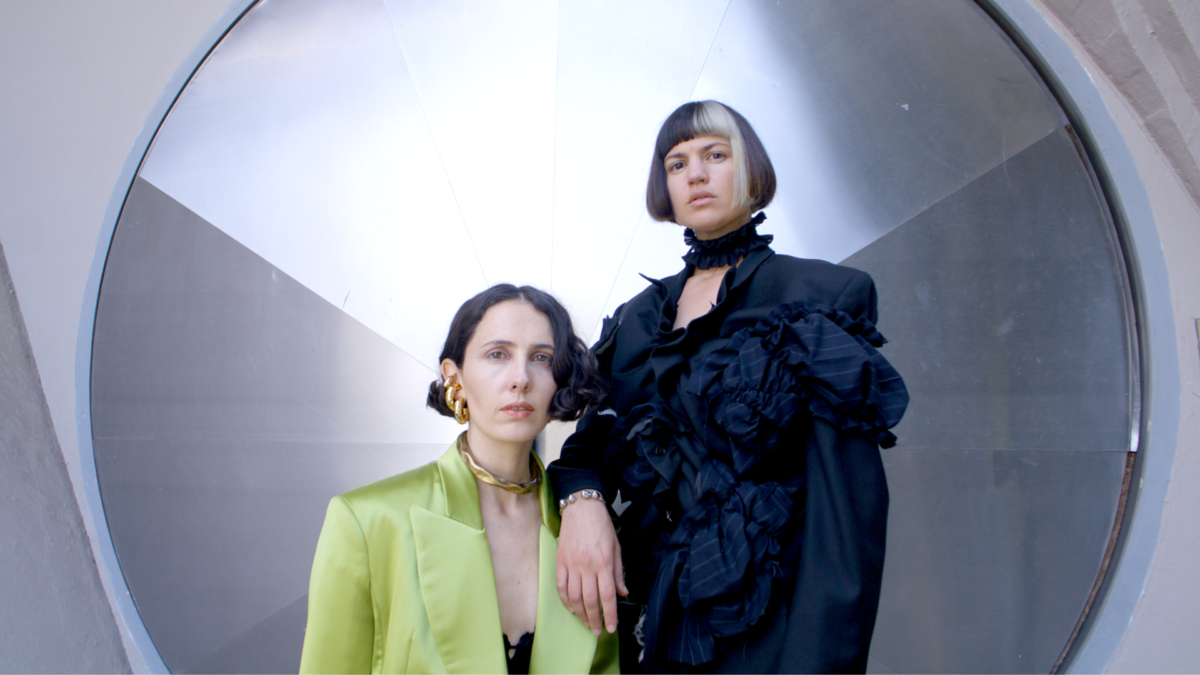
Reveal, decipher, testify
Human Unreadable’s three-act play, Reveal, decipher, testify, will unfold over several months. The unveiling of the artwork will take place in the spring, the unveiling of the choreographies used to create the generative model at the end of June, and a live performance of the choreographies of the first 100 pieces in the collection (mints #2 to #101 ) in late 2023 at a location yet to be announced. Crucially, the duo want the live performance to be held in an art gallery to bring the traditional art world together with Web3 enthusiasts.
“We are currently in talks with several institutions,” Ti said. “It is important that the eventual performance takes place in an art institution. I think there’s an interesting divisive and polarizing feeling between contemporary art and traditional art, and then also crypto art. And I think it’s interesting to have both audiences and see where they overlap and have common ground.”
Collectors can mint a Human Unreadable work in a Dutch auction format starting at 12:00 CDT on May 24 at 5 ETH and settled at 0.16 ETH. For those interested in learning more about the duo’s artistic journey, Operator will reveal the full process and open-source tooling set used in creating the collection in a white paper later this year.

